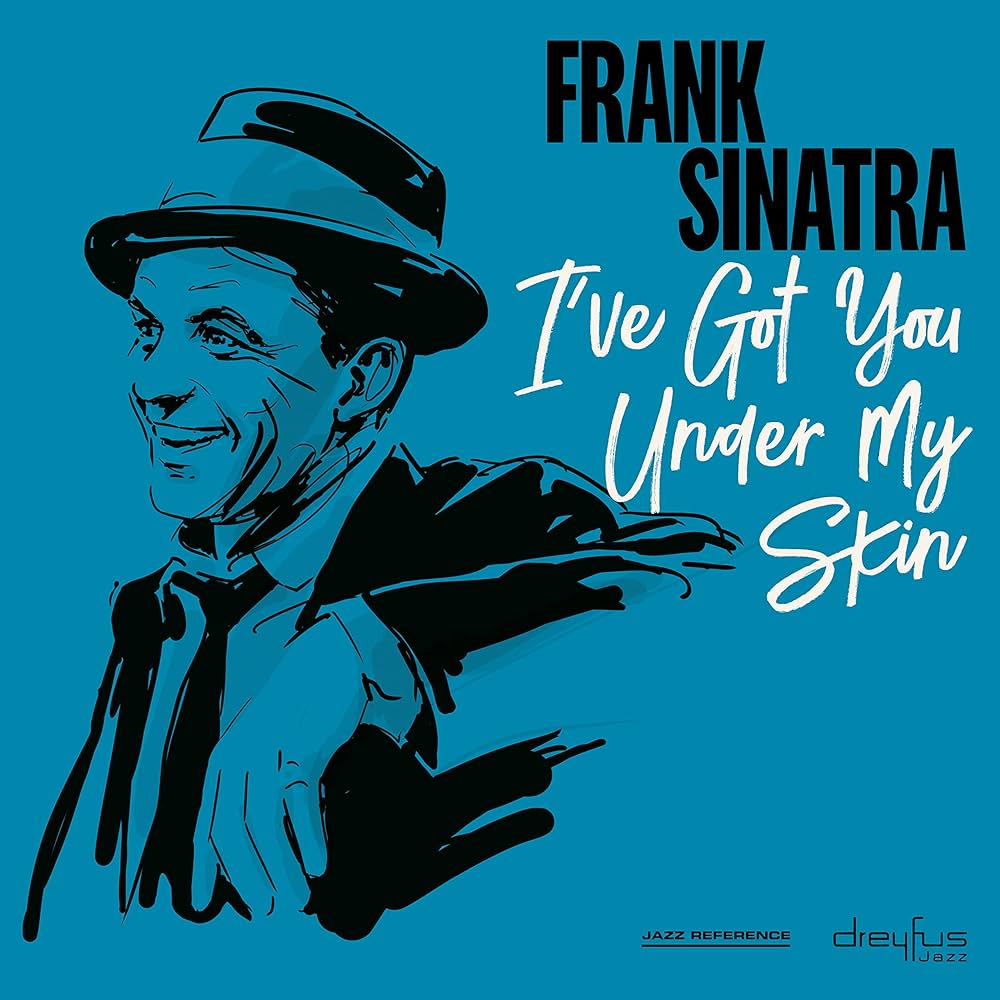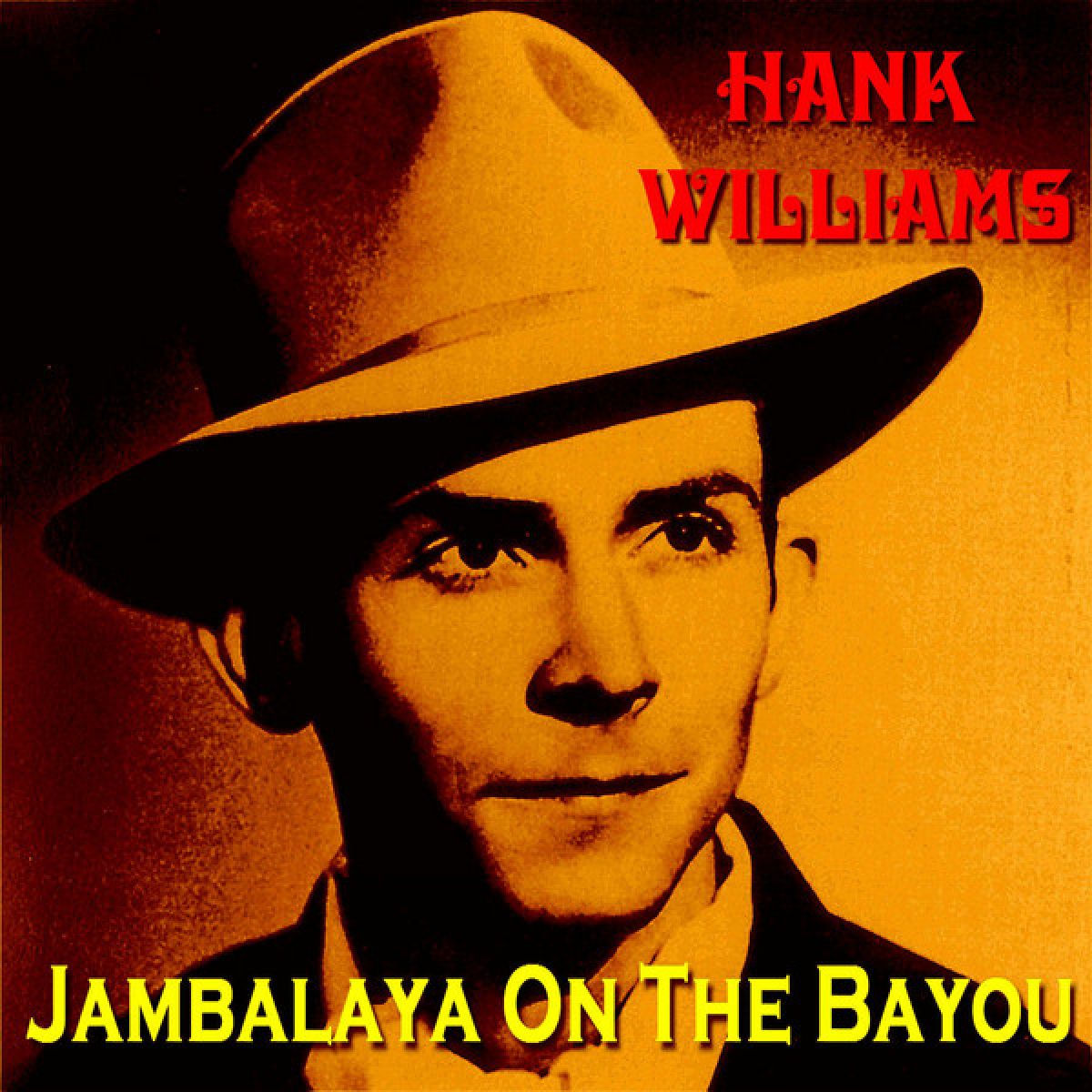 “Tequila” by The Champs is one of those rare songs that instantly transports listeners to a carefree moment, a sunny beach, or a lively party where the mood is light, the rhythm infectious, and the vibe utterly unforgettable. Released in 1958, “Tequila” stands as one of the most enduring and instantly recognizable instrumental hits in rock and roll history. With its catchy saxophone riff, driving rhythm, and a single spoken word that gives the tune its title and spirit, the song remains a cultural touchstone, bridging the worlds of Latin music, rock and roll, and pop in a way that few other tracks of its era managed.
“Tequila” by The Champs is one of those rare songs that instantly transports listeners to a carefree moment, a sunny beach, or a lively party where the mood is light, the rhythm infectious, and the vibe utterly unforgettable. Released in 1958, “Tequila” stands as one of the most enduring and instantly recognizable instrumental hits in rock and roll history. With its catchy saxophone riff, driving rhythm, and a single spoken word that gives the tune its title and spirit, the song remains a cultural touchstone, bridging the worlds of Latin music, rock and roll, and pop in a way that few other tracks of its era managed.
The origins of “Tequila” are as fascinating as the song itself. It was recorded somewhat serendipitously in January 1958 by a group of session musicians in Los Angeles who were, at the time, working on a different project. The band, called The Champs, was actually a studio group assembled by producer and songwriter Dave Burgess, led by guitarist Danny Flores. Flores, who played saxophone under the pseudonym Chuck Rio for contractual reasons, was the driving force behind “Tequila.” The song’s distinctive saxophone line—the catchy, repeated riff that defines the tune—is his creation and the centerpiece of its infectious charm.
“Tequila” was initially intended to be a B-side. The A-side was a tune called “Train to Nowhere,” but it was the B-side that caught the attention of DJs and listeners alike, quickly becoming a national hit. The song soared to No. 1 on the Billboard charts, marking a remarkable achievement for an instrumental track with a mere 58 seconds of lyrics—the word “Tequila” shouted three times throughout the song. Its success surprised even the creators, who did not anticipate the record would resonate so widely. Yet, “Tequila” had a magic formula: a groove that compelled movement, a melody that stuck instantly, and a spirit that felt both fun and slightly rebellious.
Musically, “Tequila” is deceptively simple but brilliantly executed. The track features a steady, danceable rhythm section driven by a walking bass line and sharp percussion. Over this foundation, Flores’ tenor saxophone delivers the memorable riff—an infectious combination of Latin-flavored phrasing and rock and roll bravado. The song’s structure is straightforward, looping through the riff and punctuated only by the energetic shouts of “Tequila!” The call-and-response style of the vocal interjections adds to the communal, party-like atmosphere, inviting listeners to join in and celebrate.
The song’s fusion of Latin rhythms and rock and roll elements was part of a broader trend in the 1950s where American popular music was beginning to embrace and incorporate Latin influences. This cross-pollination of styles was a reflection of the cultural exchanges happening in cities like Los Angeles, where musicians from diverse backgrounds mingled and experimented. “Tequila” managed to capture this cultural moment perfectly, combining a catchy pop sensibility with the rhythmic energy of mambo and cha-cha-cha, genres that were sweeping the nation’s dance floors.
Danny Flores’ contribution to “Tequila” cannot be overstated. As the composer and saxophonist, he crafted a melody that was both simple and unforgettable. His decision to shout “Tequila” throughout the track was spontaneous, reportedly an impromptu addition during the recording session. This vocal hook became the song’s signature and helped it stand out in a crowded market. Flores’ use of the pseudonym Chuck Rio was a result of contractual conflicts, but despite the name change, his influence on the song remains clear.
The success of “Tequila” propelled The Champs into the limelight, though the band itself was a revolving door of musicians rather than a fixed group. After “Tequila,” they released other songs, but none matched the runaway success of their debut hit. The song’s longevity, however, ensured that The Champs would remain a part of rock and roll history, frequently referenced, covered, and sampled across decades and genres.
One of the key reasons for “Tequila’s” enduring popularity is its universal appeal. Instrumental hits are rare, and for an instrumental to reach No. 1 and maintain cultural relevance is even rarer. The song’s infectious energy and simplicity make it accessible to all ages and backgrounds. It transcends language barriers—there’s only one word, after all—and invites everyone to dance, smile, and enjoy. Its brevity also lends itself to repeated play, making it a staple in parties, films, and television shows looking to evoke a lively, fun atmosphere.
Over the years, “Tequila” has appeared in countless movies and commercials, often used to conjure images of carefree fun, tropical getaways, or wild parties. Films like Pee-wee’s Big Adventure and The Sandlot have featured the song prominently, cementing its association with playful, nostalgic moments. It has also become a karaoke and dance floor favorite, where the simple command “Tequila!” sparks spontaneous celebration and laughter.
The song’s influence can also be traced in the world of popular music. It helped pave the way for other Latin-inspired rock and roll tunes and contributed to the popularization of the instrumental hit. “Tequila” inspired musicians across genres to experiment with blending styles and rhythms, helping to broaden the soundscape of American music in the late 1950s and beyond.
While “Tequila” is often remembered as a fun party tune, it also represents a significant moment in the history of American music. It stands at the crossroads of cultures and genres, illustrating how music can serve as a bridge and a celebration of diversity. The song’s success showed that instrumental tracks could compete with vocal hits on the charts, challenging the norms of the music industry.
In terms of technical execution, “Tequila” is a masterclass in economy and effectiveness. The track clocks in at just under three minutes, yet it delivers a complete musical experience—introduction, build-up, climax, and release—all within that tight timeframe. The production is crisp, with a clear emphasis on the saxophone melody and the driving rhythm section. The recording quality captures the live energy of the band, making listeners feel as if they are right there in the studio or on the dance floor.
Danny Flores’ saxophone playing is expressive and confident, delivering a riff that is instantly hummable. The interplay between the saxophone and the rhythm section creates a sense of urgency and excitement that fuels the song’s momentum. The repetition of the “Tequila” shout provides a human element that cuts through the instrumental texture, acting as a hook that listeners eagerly anticipate.
The legacy of “Tequila” extends beyond just its musical impact. It embodies the spirit of an era when American popular music was vibrant, experimental, and increasingly inclusive. The track captures the optimism and joy of the late 1950s, a period marked by social change and cultural fusion. It invites listeners to celebrate life, dance with abandon, and embrace the unexpected.
Moreover, “Tequila” highlights the importance of session musicians and studio groups in the history of rock and roll. The Champs were not a traditional band with a stable lineup but rather a collection of talented players brought together for a recording. This model of production became increasingly common in the music industry and helped shape the sound of popular music for decades.
In contemporary times, “Tequila” continues to be relevant. It is regularly covered by new artists, remixed by DJs, and sampled in various musical contexts. Its infectious groove and memorable hook ensure that it remains a crowd-pleaser at events ranging from weddings to sports games. The song’s simple structure and universal appeal make it adaptable and enduring.
The cultural symbolism of “Tequila” also connects to broader themes of celebration, identity, and escape. The word “Tequila” itself evokes images of Mexican culture, sunshine, and festivities. The song’s popularity helped bring a taste of Latin flavor to mainstream American audiences, fostering greater appreciation for diverse musical traditions.
In conclusion, “Tequila” by The Champs is more than just a catchy instrumental hit; it is a landmark in the history of American music. Its creation story, musical brilliance, cultural impact, and enduring appeal make it a song that continues to resonate across generations. With a simple but unforgettable saxophone riff, a rhythmic drive that compels movement, and a single word that invites communal celebration, “Tequila” captures the joyous essence of rock and roll’s golden era. It remains a timeless invitation to dance, to celebrate, and to savor the moment—one shouted “Tequila!” at a time.


